How to get a slim waist: 7 tips for healthy, sustainable weight loss
Researching how to get a slim waist? These tips will help you reach your weight loss goals
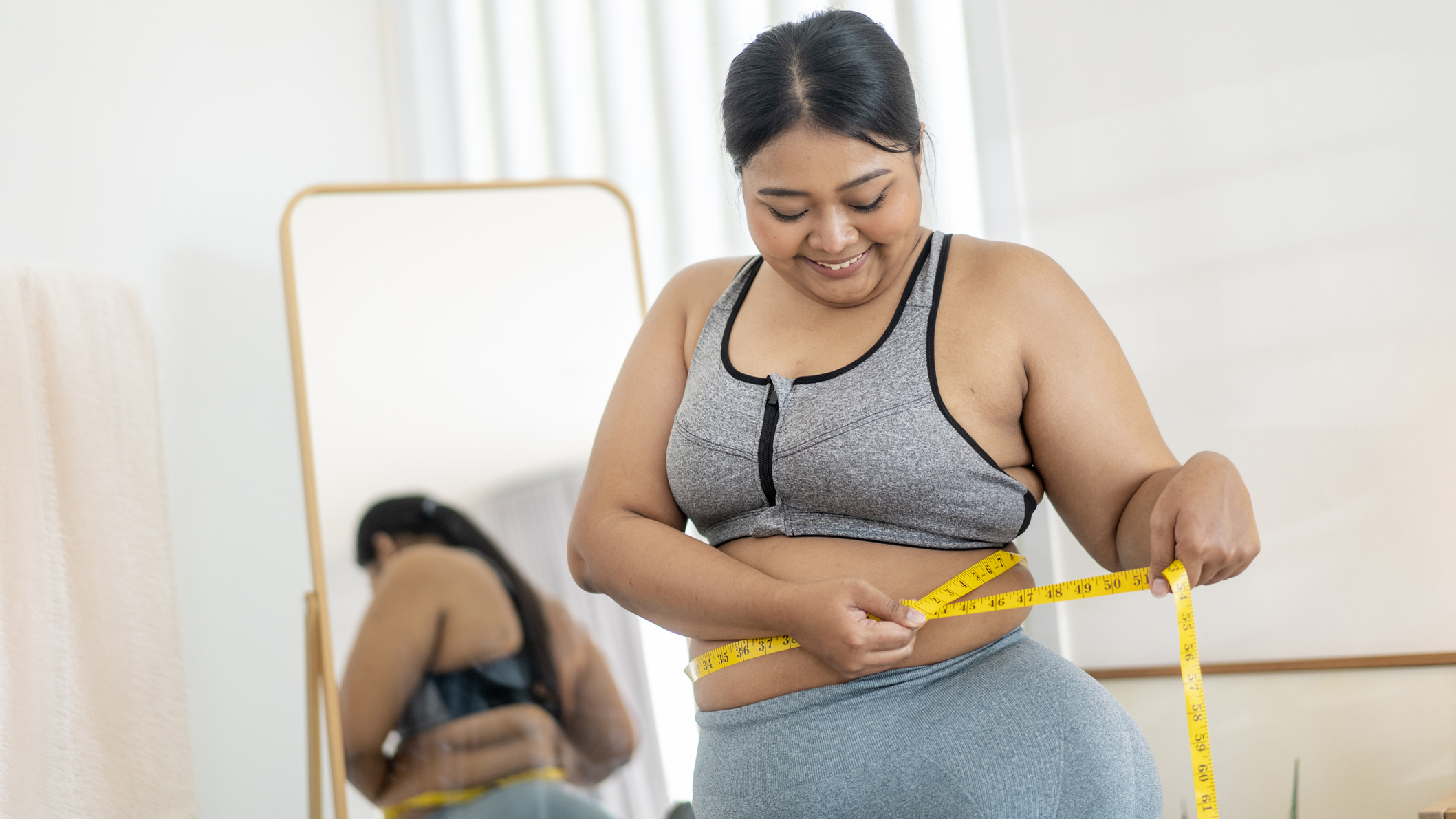
If your health and fitness goals include a slimmer waist it’s important to know there is no secret exercise or fitness trick that can help you narrow your mid-body—the only way to get a smaller waist is via weight loss.
Even if you do that, you can’t choose where you lose weight, and everyone has a different body type meaning some people are naturally disposed to a slimmer midsection than others.
Rather than spending hours on targeted ab or core exercises which won’t snatch your waist, focus on boosting your metabolism, reducing overall body fat and building strength to support healthy weight loss and improve overall health and fitness.
1. Try high-intensity workouts
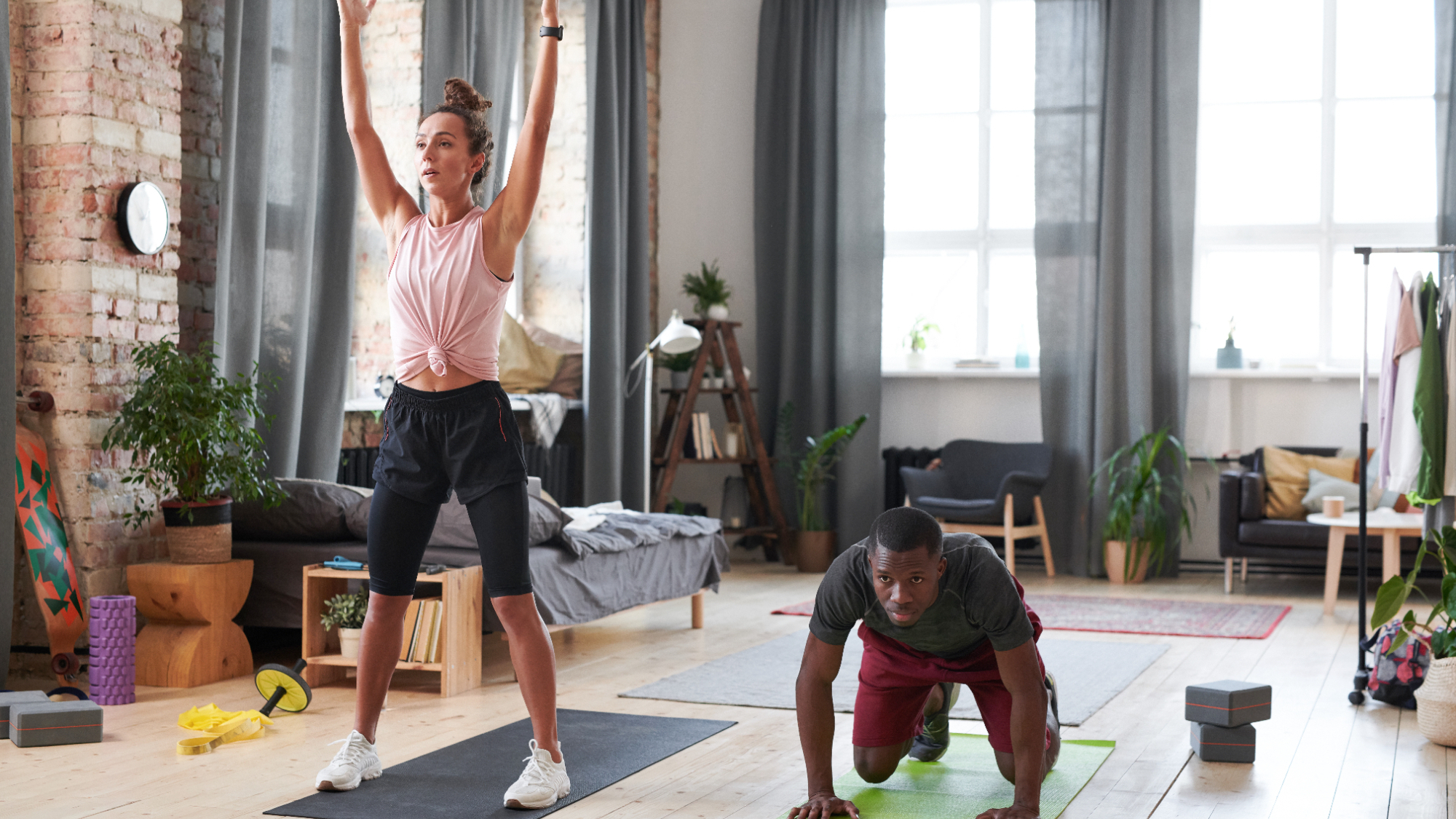
If you're feeling uninspired by your current exercise regime, why not try high-intensity interval training (HIIT)? This form of interval training consists of short alternating periods of maximal-effort exercise with less intense recovery periods.
According to a study published in the Sports Medicine journal, this time-efficient training style can help significantly reduce your total, abdominal, and visceral fat mass—the 'hidden' and stubborn-to-target fat that wraps around your organs, like the liver and intestines.
Meanwhile, a Journal of Exercise and Fitness study, which tasked 60 women to complete HIIT workouts three times a week for two months, resulted in an average waist circumference decrease of up to 0.6 inches/1.53 cm.
A research paper in the Medicine & Science in Sports & Exercise journal found that moderate to high-intensity exercise can increase energy expenditure for at least 22 hours following training. So try this HIIT workout for fat loss to help boost your metabolism, develop strength, and get a sweat on.
Start your week with achievable workout ideas, health tips and wellbeing advice in your inbox.
2. Enjoy a well-balanced diet
Along with exercise, good nutrition is also a huge part of losing weight, so it could help you get a slimmer waist. Sticking to a sustainable diet can help you keep the weight off for good.
Signe Svanfeldt, a lead nutritionist from health eating app Lifesum, says, "when wanting to lose weight, it's important to fill your diet with nutrient-dense foods in order to get all nutrients required while still being within your energy requirement."
Nutrient-dense foods include the likes of:
- Vegetables and fruits
- Wholegrains
- Legumes (beans and lentils)
- Protein (egg, fish, beans, lentils, poultry)
- Unsaturated fats (nuts, fatty fish, and seeds) which provide essential fatty acids such as omega-3 and omega-6.
Svanfeldt adds: "If you want to lose weight, you should try to eat less ultra-processed foods, such as baked goods, sweets, ice cream and fast foods, as they contain high amounts of energy and are low in nutrients. It can then be challenging to stay within your energy requirements while still getting all the nutrients required."

Signe Svanfeldt is a food science and nutrition specialist and works as an in-house nutritionist at the healthy eating app, Lifesum. She helps the Lifesum community understand food and its effect on our physical and mental health. Signe is currently pursuing her Master's degree in food science and nutrition and enjoys helping people make healthier eating choices.
3. Limit your alcohol intake
The relationship between abdominal obesity and alcohol has long been discussed. In one Epidemiology and Health study, researchers found that a high alcohol intake had a link to high waist circumference. While a second study, published in the Public Health Nutrition journal, came to the same conclusion.
Researchers stated: "Our study showed that the amount of alcohol drinking per occasion influenced abdominal obesity in normal-weight, middle-aged individuals that may have impacted obesity-related health risks."
This is why fitness professional and nutrition expert Penny Weston says: "Too much alcohol can make you gain belly fat. Cutting back on it may reduce your waist size. I wouldn't say you need to give it up altogether, but limiting the amount you drink can definitely make a difference."

Penny Weston is a fitness, wellness, and nutrition expert. She runs the award-winning Moddershall Oaks health spa and the MADE wellness center. Penny focuses on mental and physical health and is dedicated to demonstrating the impact on your happiness, energy levels, and mental state of making small changes.
4. Stay hydrated

Does drinking water help you lose weight? While H2O itself is not the calorie-free solution to getting a slimmer waist—as highlighted in the journal Obesity — increasing your pre-meal water intake can help you feel fuller.
"It's so easy to mistake dehydration for hunger and to consume calories your body doesn't need, when a glass of water might have done the trick," Weston explains.
So how much water should you be drinking? "Aim for six to eight glasses a day—this has the added advantage of keeping all your bodily systems functioning well as well as keeping your skin looking great," Weston adds.
5. Do some strength training
Strength training can help with weight loss as it builds muscle, which will in turn help your body burn more calories.
"Muscle tissue burns more calories at rest than fat tissue," says Amanda Place, a personal trainer and nutrition coach. "By increasing your muscle mass through strength training, you can boost your basal metabolic rate which means you burn more calories even when you're not actively exercising."
On top of this, strength training creates an afterburn effect, pushing your body to use more calories when you’ve finished working out. It can also help you preserve your muscle mass, meaning you're more likely to lose fat rather than muscle during the weight loss process.
Not sure where to get started? Try this beginner bodyweight workout, or read our round-up of the best strength training exercises for weight loss.
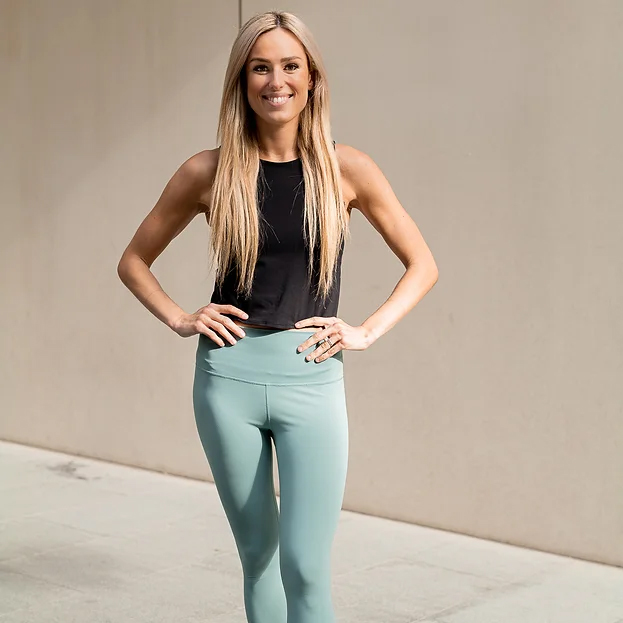
Amanda Place is an award-winning personal trainer and founder of online fitness platform Sculptrition. She has a bachelor's degree in kinesiology and exercise science and a diploma in integrative nutrition and health coaching.
6. Get enough sleep
As the American Academy of Sleep Medicine recommends, adults should sleep seven or more hours per night regularly to promote optimal health. But what happens if you sleep for less than this?
One study published in the journal Nutrients found that disturbed sleeping patterns can lead to excessive snacking, mainly on foods high in fat and carbohydrates.
The same study also highlighted that sleep plays a role in weight loss, specifically fat loss, during calorie restriction. The participants were tasked with 14 days of calorie restriction, and they lost less fat when they spent 5.5 hours a day in bed compared to 8.5 hours a day.
7. Eat enough protein
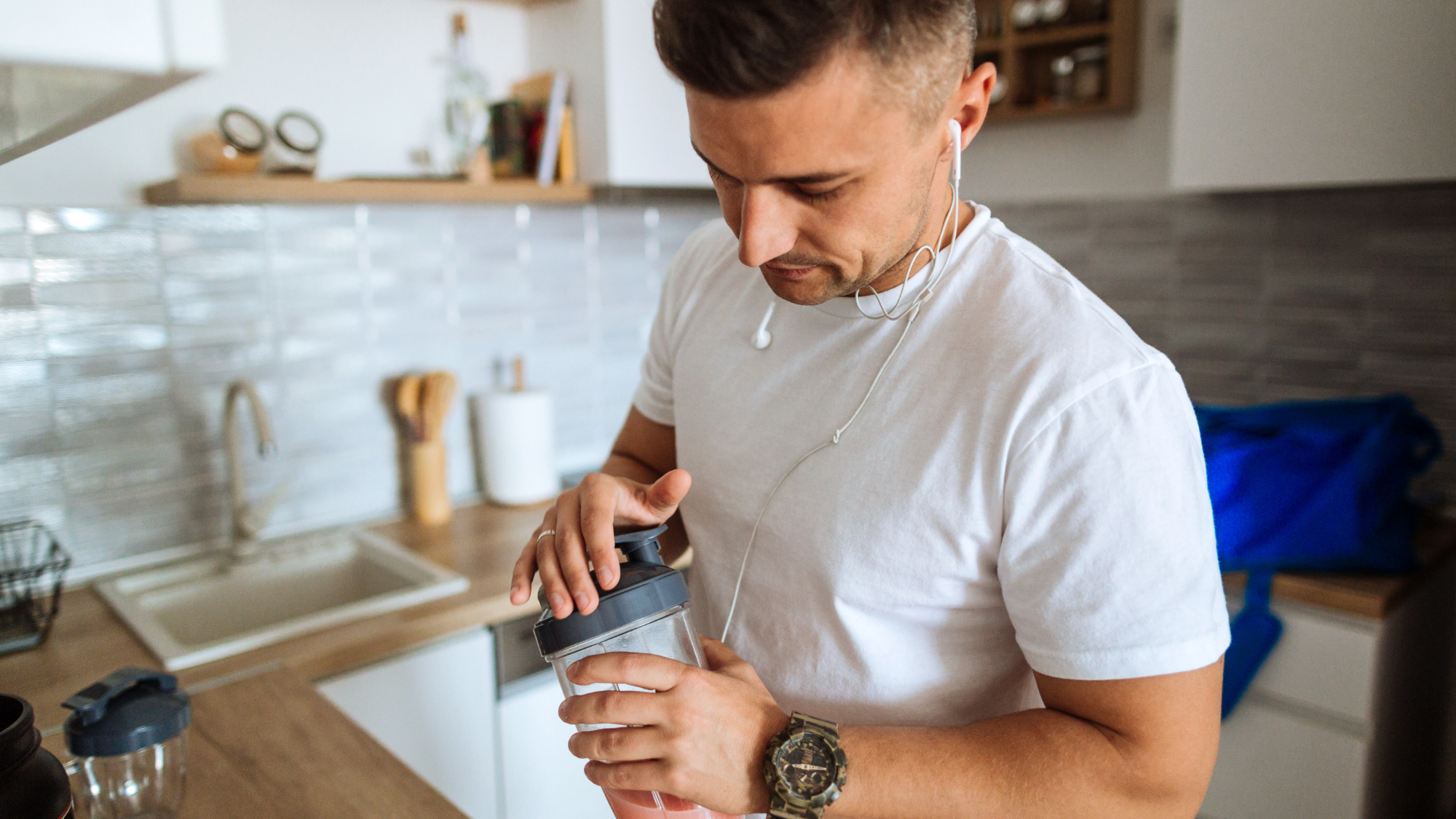
As one of the most essential nutrients for your body, the benefits of protein range through everything from muscles to skin and hair. But this hero nutrient can also help you lose weight, which might help slim down your waist circumference.
Eleanor Thrupp, Resident Nutritionist at Innermost, explains: "Consuming a source of protein (meat, fish, eggs, legumes, tofu) with every meal can increase feelings of fullness, decrease hunger and reduce calorie intake — these are all factors that support weight loss."
Of course, it's always possible to swing too far in the other direction. If you're worried you are eating too much protein, this could cause some weight gain, alongside low mood and bad breath.
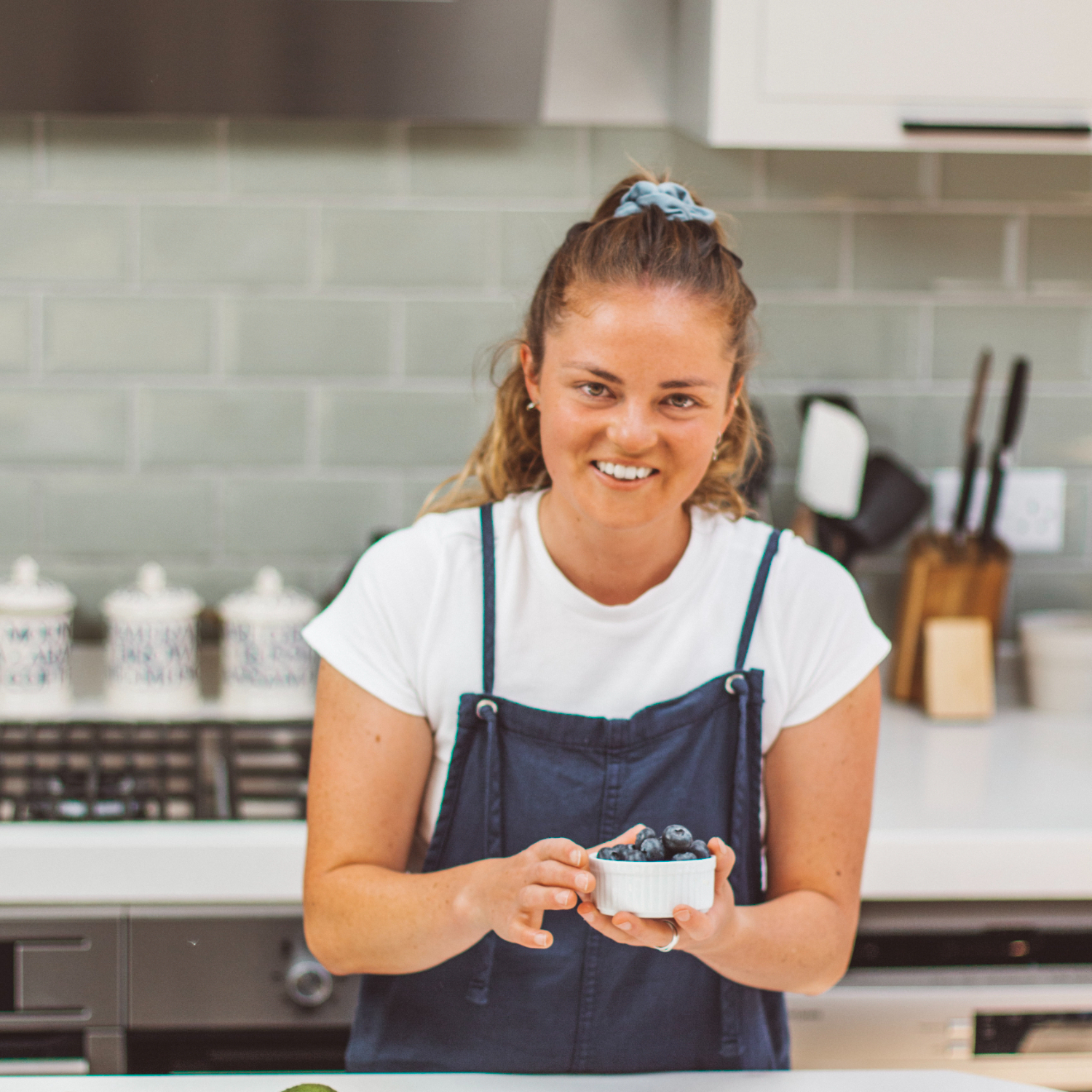
Eleanor Thrupp is the Resident Nutritionist at Innermost. She trained at the College of Naturopathic Medicine and qualified in 2021. Eleanor is passionate about empowering clients to restore optimum health and achieve their ultimate wellbeing through personal lifestyle strategies. Her perspective and understanding of nutrition was shaped by her father's cancer diagnosis, where she discovered the meaningful relationship between diet and the alleviation of symptoms.
What exercise burns the most body fat?
We spoke to Ben Cuthbert, a nutrition coach, personal trainer and owner at Be You Health Studios, about losing body fat.
“There is no one particular exercise that burns the most fat; more of a style,” he explains. “The style of personal training I recommend is to use the most amount of muscle groups at the same time. For example a deadlift, a squat, a cable chop, etc.”
These types of movements are known as compound exercises and they will get your heart rate up quickly, as they force you to use large muscles in your body, like your glutes. The strength-focused exercises will not only help you burn calories, but they will encourage muscle growth, too.
“Another great way to burn fat really quickly that I recommend is high intensity interval training,” added Cuthbert. This style of exercise involves working out for short, intense bursts and having minimal rest periods in between.
If you want to do a super-efficient HIIT workout for fat loss, Cuthbert recommends throwing some weights into your session. Remember to maintain good form during weight lifting moves though, otherwise you could risk an injury.
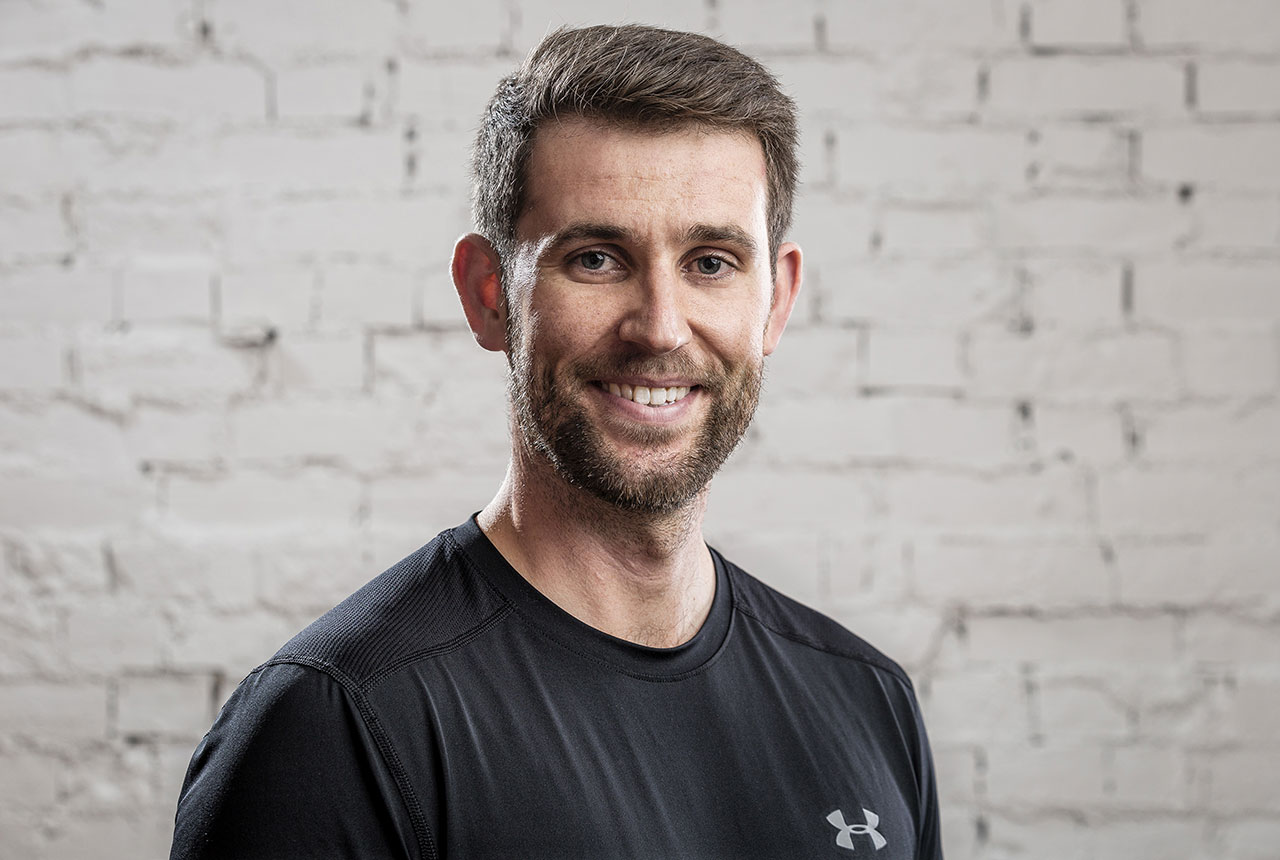
Ben Cuthbert is a nutrition coach, personal trainer and owner at Be You Health Studios. Cuthbert discovered that being a personal trainer and movement coach was about changing lives and not lifting weights. Being a personal trainer in Peterborough was not enough to get the results his clients were seeking, so through his professional experience and knowledge, he was able to develop techniques bespoke to an individual’s needs. This is the philosophy that runs through Be You.
Do Russian twists make your waist smaller?
One exercise you’ll likely see popping up on “slim-waist workouts” is the Russian twist. While it is a great core strengthening exercise that gives your oblique muscles (which run down the side of your abdomen) a workout, they won’t make your waist smaller.
“You can't spot reduce fat, meaning you can't target where you lose fat from,” says qualified personal trainer and founder of Another Round, Max Cotton.
“Stick to your calorie deficit and you will lose the fat [around your waist] eventually. Targeted ab exercises won't reduce any more fat than other exercises, but it can help train the muscle in your abs.”

Max Cotton is a level three personal trainer and the founder and CEO of Another Round, an online training platform that uses AI to scale personal training. Another Round makes personal training scalable and more accessible through technology, education and trainer best practices. They have an app-based service, but also build white label tech for other health & fitness businesses.
Can lemon water reduce belly fat?
While some may try to convince you that lemon water is the holy grail of weight loss, this is a myth. Staying hydrated may help with weight management, as it can promote a sense of satiety, but lemon water is no better than regular water.
Cuthbert suggests a different approach if you want to lose weight.
“If you really want to crush your body fat percentage, my best advice to you would be following the four pillars of health: getting enough quality sleep; controlling your stress levels; moving more and managing your nutrition. All these might not seem 'sexy' and they don't sound like something will be quick and easy, but these are the methods that I've used successfully over the last 15 years to gain results.”
Becks is a freelance journalist and writer with more than 7 years of experience in the field. She writes health and lifestyle content for a range of titles including Live Science, Top Ten Reviews, Tom’s Guide, Stylist, The Independent, and more. She also ghostwrites for a number of Physiotherapists and Osteopaths.
Health has been a big part of Becks’ lifestyle since time began. When she’s not writing about the topic of health, she’s in the gym learning new compound exercises. And when she’s not in the gym, she’s most probably reading.
- Lou MudgeFitness Writer

